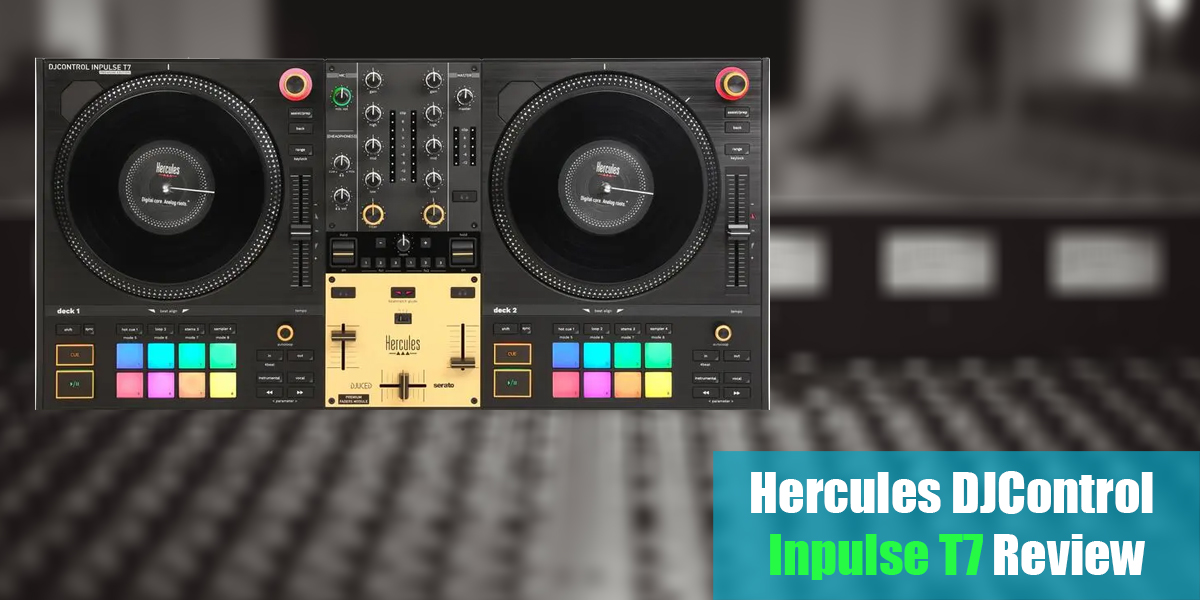Types of Audio Cables
Introduction
If you work in the audio industry or are a musician, chances are you’ll come across a variety of audio connectors and cables. With so many colorful wires out there, you might sometimes wonder why a certain cable is used over another.
Whether you’re hooking up speakers, setting up an amplifier, or plugging in a microphone, audio cables are essential. They come in different shapes, sizes, and types. From surround sound home theaters to small home studios to professional setups, the playback and recording industry relies on the right audio cables for every connection.
This guide will help you better understand the different types of audio cables you’re likely to find in homes and studios. Stick with us, and we guarantee you’ll learn something new about audio cables that you didn’t know before.
Analog Cables
Analog cables can be either balanced or unbalanced. For microphones and most audio equipment, balanced cables are essential, while instruments like electric guitars use unbalanced cables. But why is a balanced signal so important? You might be wondering what that actually means. Simply put, unbalanced cables do not reduce noise, but balanced cables do.
A balanced cable works by sending identical versions of the signal through both the positive and negative wires. However, the polarity of the negative wire is reversed. As the signal travels down the cable, both wires pick up noise from their surroundings.
This happens with any cable, whether it’s balanced or unbalanced. The key difference is that, at the end of the cable, the polarity of the negative wire is flipped back to match the positive wire before the signals are combined. Because the noise picked up along the way is now out of phase between the two wires, it cancels itself out, resulting in a clean signal.
With electric guitars and some other instruments, you don’t always start with a balanced signal. That’s why guitar cables often become very noisy if they’re longer than about 20-25 feet. To fix this, the signal needs to be converted using a direct box (also called a direct injection box). Now, let’s look at the most common types of analog cables.
TS Unbalanced Cables
A TS cable, also known as a tip-sleeve cable, is more commonly called a guitar cable or instrument cable. These cables have two conductors and are unbalanced. With TS cables, the signal is carried on the tip, while the ground is connected to the sleeve. The “TS” stands for “tip-sleeve,” indicating the unbalanced connection.
TS cables are typically used to connect guitars, amplifiers, mixers, and other unbalanced equipment. They carry instrument-level signals, not line-level voltages. In professional audio setups, 1/4-inch jacks are common, but consumer products like earbuds may use 1/8-inch (3.5mm) versions.
Sometimes, 1/4-inch TS cables are used as speaker cables to connect amplifiers and speakers, but this is not their intended purpose. Speaker cables and instrument cables are often confused, but they are built differently. Instrument cables use thinner, more shielded wire, designed for the lower voltage signals from guitars and other instruments.
Speaker cables with 1/4-inch connectors use thicker, less shielded wire to handle the higher voltage needed for amplifier-to-speaker connections. If you use a speaker cable instead of an instrument cable, your instrument will likely become much noisier.
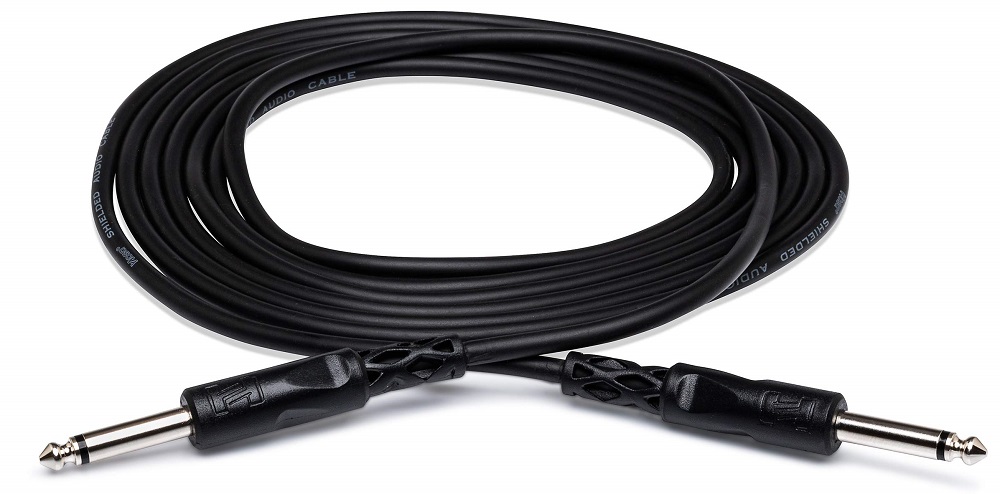
TRS Balanced Cables
The connection head of a TRS cable might look very similar to that of a TS cable, but if you look closely, you’ll notice that it has two small strips instead of just one. The connectors have three separate sections on the outside, which is why they’re called Tip/Ring/Sleeve cables.
TRS cables can be used in either a balanced or unbalanced way, depending on the application. For example, with mono equipment, a TRS cable can carry balanced audio using its positive, negative, and ground conductor wires.
However, TRS cables can also transmit stereo audio, which makes them unbalanced in this scenario. In this case, each conductor wire carries one of the two stereo channels. You’ll often find TRS outputs on headphone jacks for instruments, headphone inputs on monitors, and audio interface connectors on mixers.
There are several conversion options available for TRS and TS cables. For instance, TRS cables can easily be converted to 3.5mm adapters. While different jack sizes might only vary slightly, each one has its own specific applications.
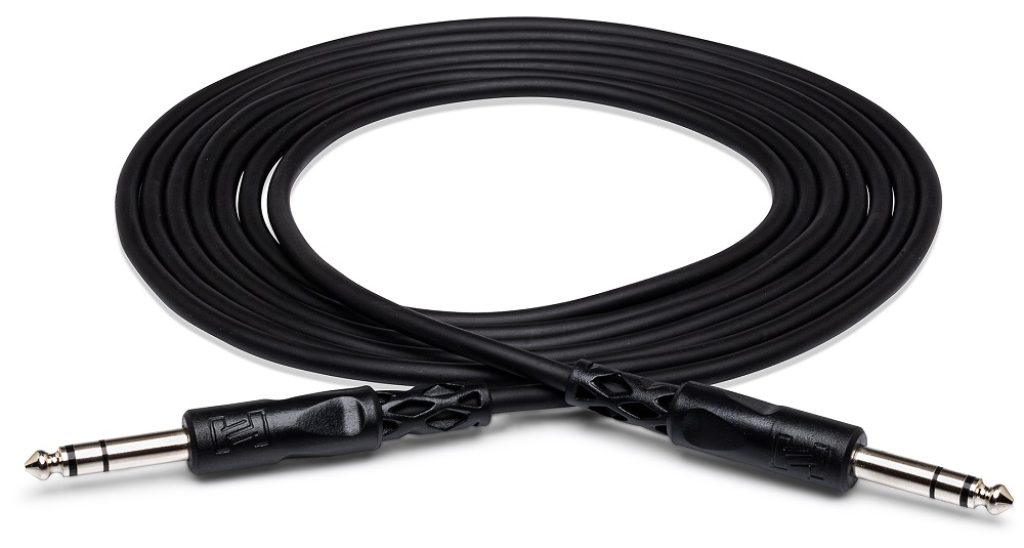
XLR Audio Cables
Just like TRS cables are commonly used for audio connections, XLR cables are used for balanced connections. XLR cables are usually found in larger and more expensive equipment, unlike TRS stereo cables. This sets them apart from TRS and RCA audio cables, which are generally used with smaller, less expensive speakers and monitors.
Inside each XLR cable, there are three pins and three wires, along with an internal clip that prevents the cable from being unplugged accidentally. XLR cables are balanced, unlike unbalanced RCA cables, which means they can carry signals over longer distances. This makes it easier to place your speakers farther apart. If you want to set up your speakers, you’ll need two XLR cables—one for each speaker.
You can technically run a stereo signal through an XLR cable, just as you can with an unbalanced TRS cable. However, most XLR inputs are designed for balanced mono signals instead of stereo signals, so it’s uncommon to send a stereo signal through an XLR cable. A male XLR connector has three pins that fit into a female XLR connector with three holes.
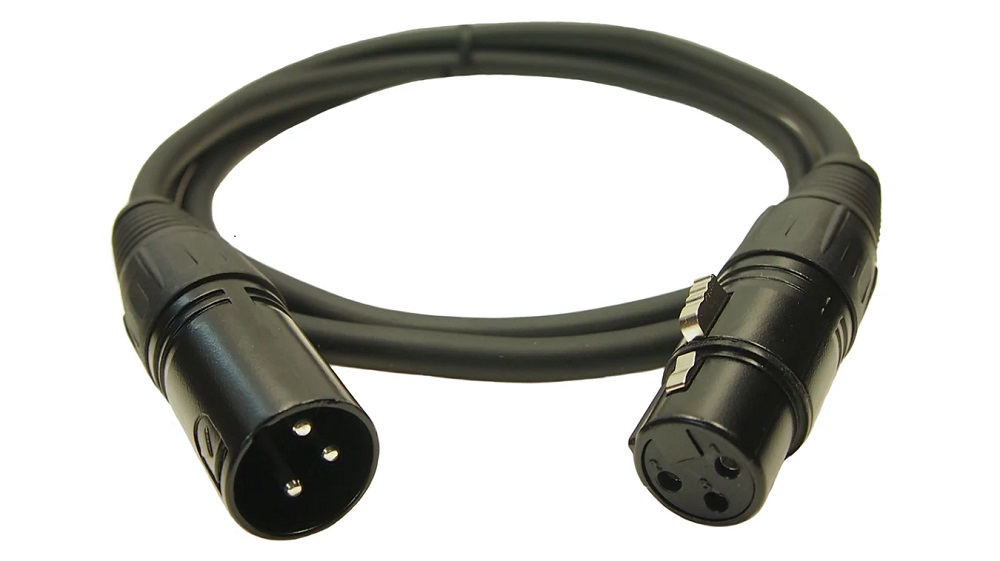
RCA Cables
The RCA cable, like the TS cable, is unbalanced. It’s the traditional “old” TV hookup cable—the red and white ones you used to connect your TV for sound. While RCA cables are mostly outdated in modern studios, they still have a few uses in music applications.
One of the most common uses for RCA cables in music is connecting older turntables to mixers. You’ll often see RCA cables in DJ setups, where mixers and turntables are connected to CDJ players using RCA cables.
Many devices are designed to connect with each other using RCA connectors. If you have a device that doesn’t have RCA inputs or outputs, there are plenty of converters available, like XLR to RCA or 3.5mm to RCA.
RCA connectors are a universal way to link audio and video devices. Having a converter lets you connect incompatible devices and enjoy the benefits of hooking up multiple pieces of gear together.

Speakon Cables
Pro audio companies almost always use Speakon cables to connect speakers and amplifiers. In live sound setups, these cables usually come with two conductors, but you can also find versions with four or eight conductors, depending on how much power the system needs.
Speakon cables lock into place, similar to XLR cables, which makes them much more popular for live sound than 1/4-inch speaker cables. They were specifically developed to prevent confusion between unbalanced speaker cables, balanced instrument cables, and cables with XLR or 1/4-inch connectors.
Since Speakon cables are tougher and more durable than standard 1/4-inch cables, they are often chosen for stage shows, live performances, and concerts instead of regular 1/4-inch cables. Speakon cables are a type of audio connector invented by Neutrik, a company that specializes in connectors for professional audio equipment.
These cables are designed to be more rugged and reliable than standard 1/4-inch cables, and they can handle higher currents than other types of cables. If you work in live sound environments, you’ll find Speakon cables are pretty common.
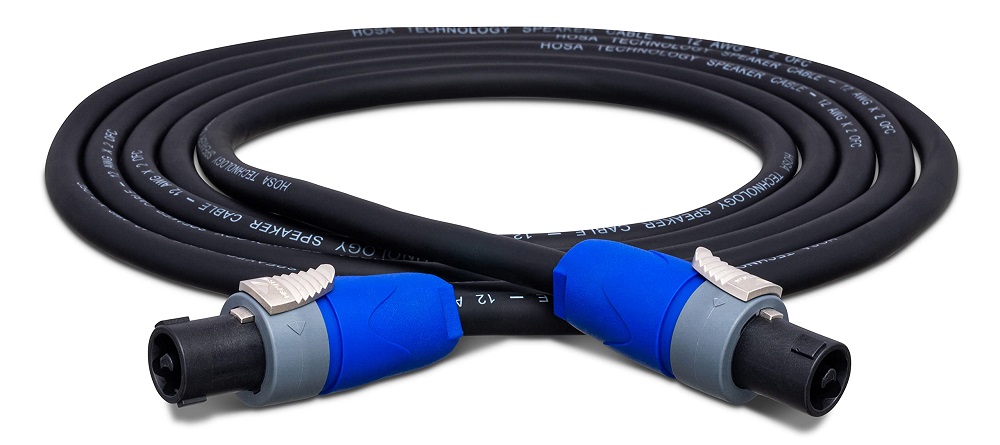
Digital Cables
The term “digital audio cable” usually refers to an optical cable used to connect digital devices like DVD players, computers, and video game consoles to receivers such as home theater systems. Also known as TOSLINK or Toshiba Link, these digital audio cables are typically made from inexpensive plastic or high-grade optical fibers. They come in lengths ranging from a few meters to over ten meters.
Digital audio cables transmit signals using LED light. The digital audio signals travel between devices through the optical cable. To ensure the best performance, you should avoid bending the cable sharply or creating any kinks.
Inside a digital audio cable, signals are sent as pulses of light from one device to another through several tiny fibers. These fiber optic cables contain several polished plastic strands that are resistant to interference from electrical devices and radio frequency interference (RFI).
Digital audio cables connect devices with optical output ports, such as TVs, to devices with optical input ports, like amplifiers and home theater systems. Once the digital audio connection is made, audio signals can be exchanged between the devices. Next, let’s take a closer look at the different types of digital cables used in professional audio settings.
MIDI Cables
Most electronic musicians and DJs use MIDI cables (Musical Instrument Digital Interface). For example, you might use a MIDI cable in your home studio to connect your MIDI controller or keyboard to a MIDI interface, which then connects to your computer with a MIDI cable.
In your DAW, this connection lets you control virtual instruments. However, with the introduction of USB connectors in the audio industry, MIDI cables are not used as often. USB cables can send MIDI data directly to your computer because they are designed for data transfer.
You might see different types of DIN connectors, but the five-pin MIDI connector is the most common. MIDI cables are used only for sending data, unlike other connectors we have discussed.
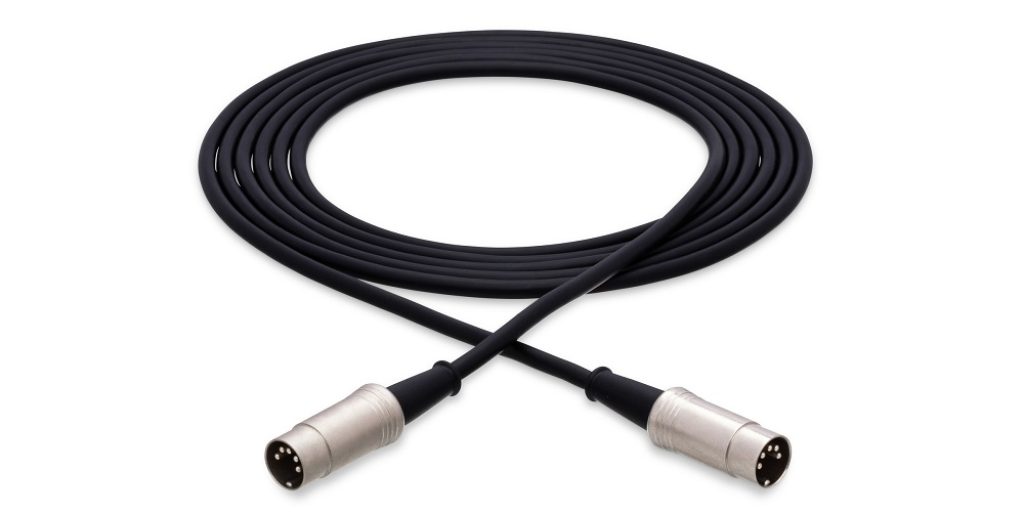
S/PDIF Cables
Like ADAT jacks, this connection uses TOSLINK connectors. However, it does not support as many audio channels as ADAT jacks. S/PDIF (Sony/Philips Digital Interface) is independent of sample rate, while the ADAT standard is locked at either 48 kHz or 96 kHz (with four channels used at 96 kHz).
Ultimately, the type of cable you need depends entirely on your hardware requirements. Unlike audio interface connectors—which, as mentioned earlier, may have distinctions that are more technical than practical—there are very few differences in data transfer quality. This means cable choice should not be a major concern when selecting your equipment.

ADAT Cables
An ADAT cable is a digital cable used to connect two compatible pieces of equipment. These cables are called ADAT cables because they use the ADAT optical interface protocol found in compatible devices.
With an ADAT optical cable, you can transmit up to eight channels of high-quality audio at 24-bit/48kHz. These cables are commonly used in studios that need extra preamplifiers or more inputs for their audio interfaces. The connector heads on these optical cables are the same as those used for S/PDIF cables, but they work with different protocols.
USB, Thunderbolt, and Firewire cables
USB cables were developed to transmit digital audio data. They have largely replaced traditional MIDI cables by not only transferring MIDI commands but also providing power to devices through the bus. With USB cables, computers can easily connect to digital synthesizers and audio interfaces. Often, a single USB cable can handle the tasks of multiple digital audio connections and MIDI cables at once.
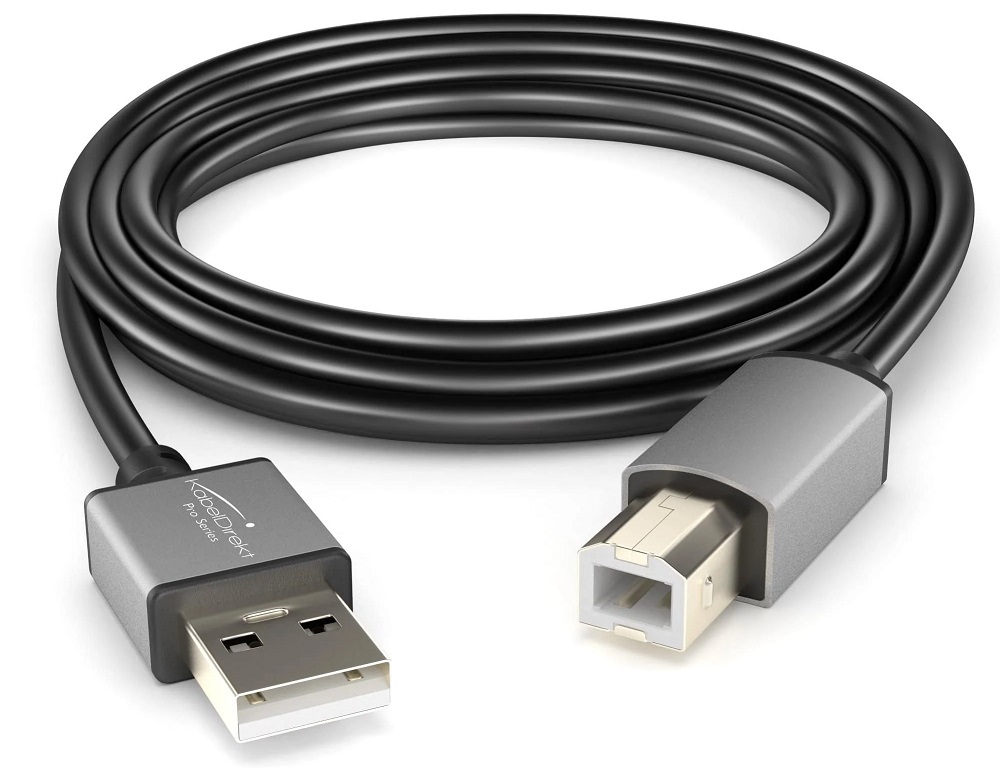
FireWire cables come in three main types: four-pin, six-pin, and nine-pin. The FW400 connector, which has four pins, is designed to transfer data at speeds of up to 400 megabits per second. The six-pin connector can transfer data at the same speed, but it also provides DC power.
The FW800 connector has nine pins and offers double the data transfer speed of the FW400.

Thanks to Apple’s efforts, Thunderbolt was introduced in 2012. These connectors were designed to replace the older 30-pin connectors that Apple devices previously used. Thunderbolt cables have become very popular for connecting a variety of peripherals, especially in the world of pro audio gear. If you’ve used Apple equipment made after 2012, you’ve most likely used a Thunderbolt cable.
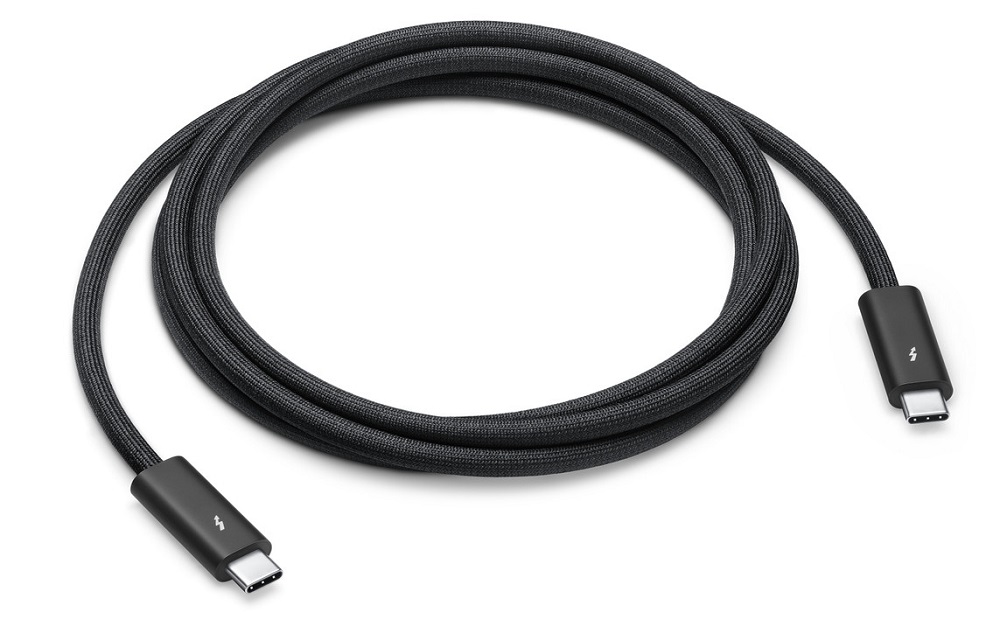
Conclusion
We’ve put together a list of the most common cables you’ll find in the audio engineering world, so you’ll always know what to reach for when you need it. Whether you’re looking for balanced or unbalanced cables, analog or digital audio cables, we’ve got you covered here.
The cable types we mentioned are the essentials that every engineer should have on hand, just in case a client or collaborator brings in a piece of gear that needs a specific connection. With this list, you’ll have a clear idea of what cables you need to keep in your collection.
If you have any questions about this topic, or if you think we missed an important type of cable, please let us know in the comments section. We’ll be more than happy to elaborate!



